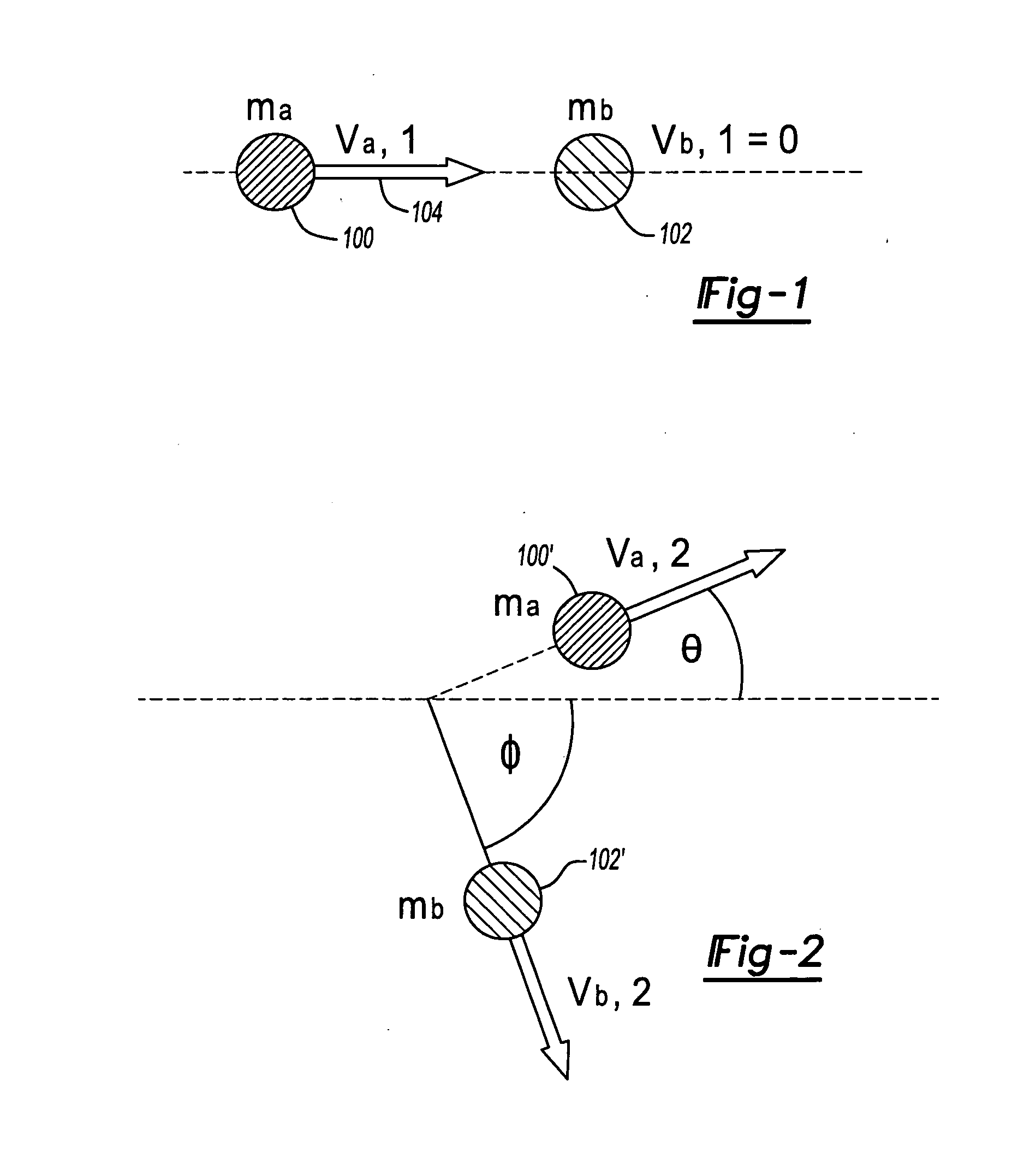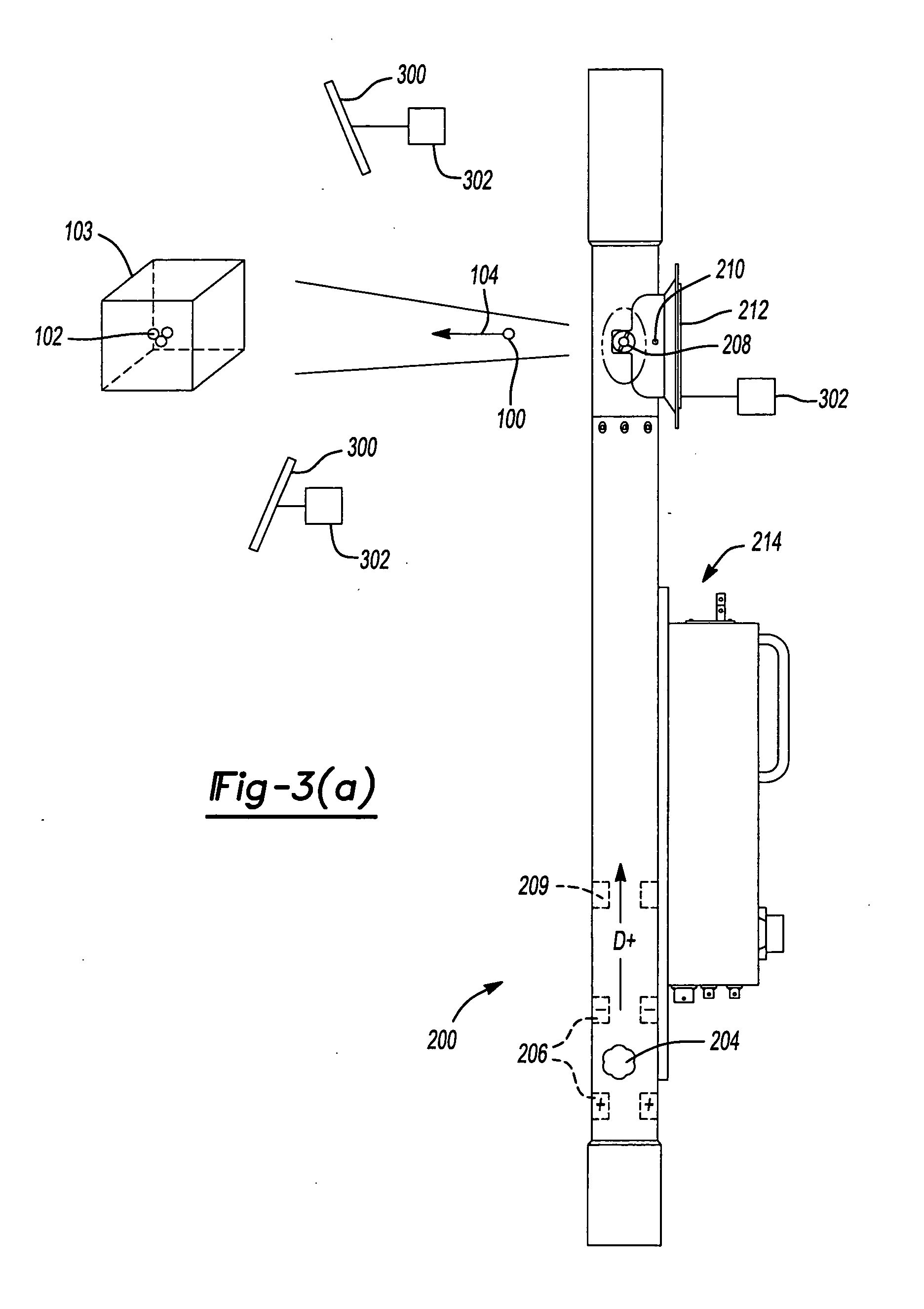Neutron irradiative methods and systems
a neutron irradiation and neutron beam technology, applied in the direction of material analysis, material analysis using wave/particle radiation, instruments, etc., can solve the problems of non-metallic articles such as explosives or narcotics that are not detectable by such methods, explosives and narcotics, as a general rule, do not have readily distinguishable ionizing photons, etc., to achieve low false alarm rate, capture cross-section, and high incident neutron
- Summary
- Abstract
- Description
- Claims
- Application Information
AI Technical Summary
Benefits of technology
Problems solved by technology
Method used
Image
Examples
Embodiment Construction
[0025]The following description is merely exemplary in nature and is not intended to limit the present disclosure, application, or uses.
Neutron Elastic Scattering (NES)
[0026]According to the principles of the present teachings, methods and systems are provided for identifying chemical composition of materials and, more particularly, for identifying chemical composition of materials through analysis of the energy and direction of elastically scattered neutrons. The principles of these teachings are predicated, at least in part, on the fundamental process of neutron elastic scattering (NES), which is set forth in detail in U.S. Pat. Nos. 4,864,142; 4,918,315; 5,142,153; and 5,440,136, which are incorporated herein by reference.
[0027]Briefly, by way of introduction, the principles of the present teachings provide that the speed of a neutron is directly related to its energy. Because neutrons emitted from sources, such as neutron generators and some accelerator targets, are of known, si...
PUM
 Login to View More
Login to View More Abstract
Description
Claims
Application Information
 Login to View More
Login to View More - R&D
- Intellectual Property
- Life Sciences
- Materials
- Tech Scout
- Unparalleled Data Quality
- Higher Quality Content
- 60% Fewer Hallucinations
Browse by: Latest US Patents, China's latest patents, Technical Efficacy Thesaurus, Application Domain, Technology Topic, Popular Technical Reports.
© 2025 PatSnap. All rights reserved.Legal|Privacy policy|Modern Slavery Act Transparency Statement|Sitemap|About US| Contact US: help@patsnap.com



